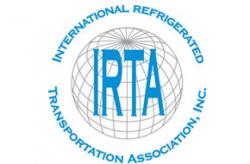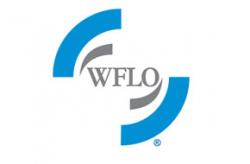Cold Connection
In the first weeks of the COVID-19 pandemic similar trends were seen across Europe in the temperature-controlled third-party logistics (3PL) market, though occurring at different times in each country. In the wake of strict confinement measures announced by governments, consumers’ compulsive behavior pressured 3PLs for faster stock turn and larger volume shipments. At the same time, workers’ absenteeism challenged the cold stores and refrigerated transportation companies dealing with larger volumes with a reduced workforce. Additionally, road congestion, strict border controls and imposed quarantines in the very early stages of the situation were major disrupters to the transportation of goods, especially for fresh produce with a critical shelf life.
Generally, across Europe, lockdown measures immediately resulted in an upsurge in retail business, stemming from erratic consumer behavior, and substantial drop in food service. The latter has led to excess stock creating in capacity issues in cold stores dealing with food service related customers. Food service customers struggling may cause operational and financial challenges for cold store operators. Meanwhile, e-commerce and home deliveries have been an alternative to grocery shopping for consumers, stimulating this specific market segment. Consumer behavior normalized after a few weeks translating into highs and lows in retail demand. In some countries, the consumption pattern has shifted to buying more take-away and frozen food, yet mostly “standard” products. More elaborated or luxury products have been left on the shelf.
In parallel, the production of frozen goods (vegetables, fish, meat and others) has been going on – except in some specific segments where the production lines have been shut down. This continued production is creating additional demand for storage space which is becoming scarce. The low level of exports, caused in part by a shortage of reefer containers stuck in China for numerous weeks, is another component worsening the capacity situation. Fresh produce growers at their end, are suffering shortage of seasonal workers to harvest crops.
In terms of operational efficiency, cold chain operators across Europe have successfully adopted new working routines, including strict protective measures for workers like social distancing, thorough cleaning and disinfection procedures, quarantine for ill or suspected ill workers, home working for administrative staff, containment of truck drivers off facility buildings, split shifts and personal protective equipment (PPE). Some countries offer technical or economic unemployment schemes for workers who cannot be put at work.
Refrigerated transportation is facilitated by temporarily alleviated rules on driving time, driver rest requirements, traffic bans on Sundays and public holidays, as well as the set-up of Green Lanes across the European Union providing for priority border crossing lanes and procedures for essential goods at designated points.
Today, the flow of business seems to have “normalized”, though downscaled a little, in most parts of Europe. Eastern Europe is slightly behind in the development of the pandemic and so the impacts on 3PLs may appear at different times. There is less rotation, workforce has shrunk slightly, volumes go up and down, requests for storage and shipping continue to be received. Storage rates have remained stable however transportation rates have increased, air freight rates are reported to have risen by 3-5 times previous rates. All protective measures are still in application.
Overall cold chain logistics has proven to be a strong as essential links in the much needed food and pharmaceutical supply chain.
If you would like to share more updates on the state of the sector, please contact Julie Hanson, European Director.




Add new comment